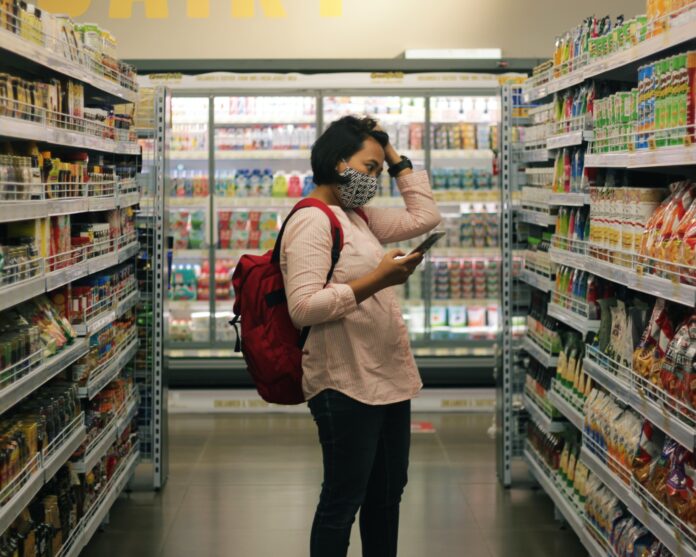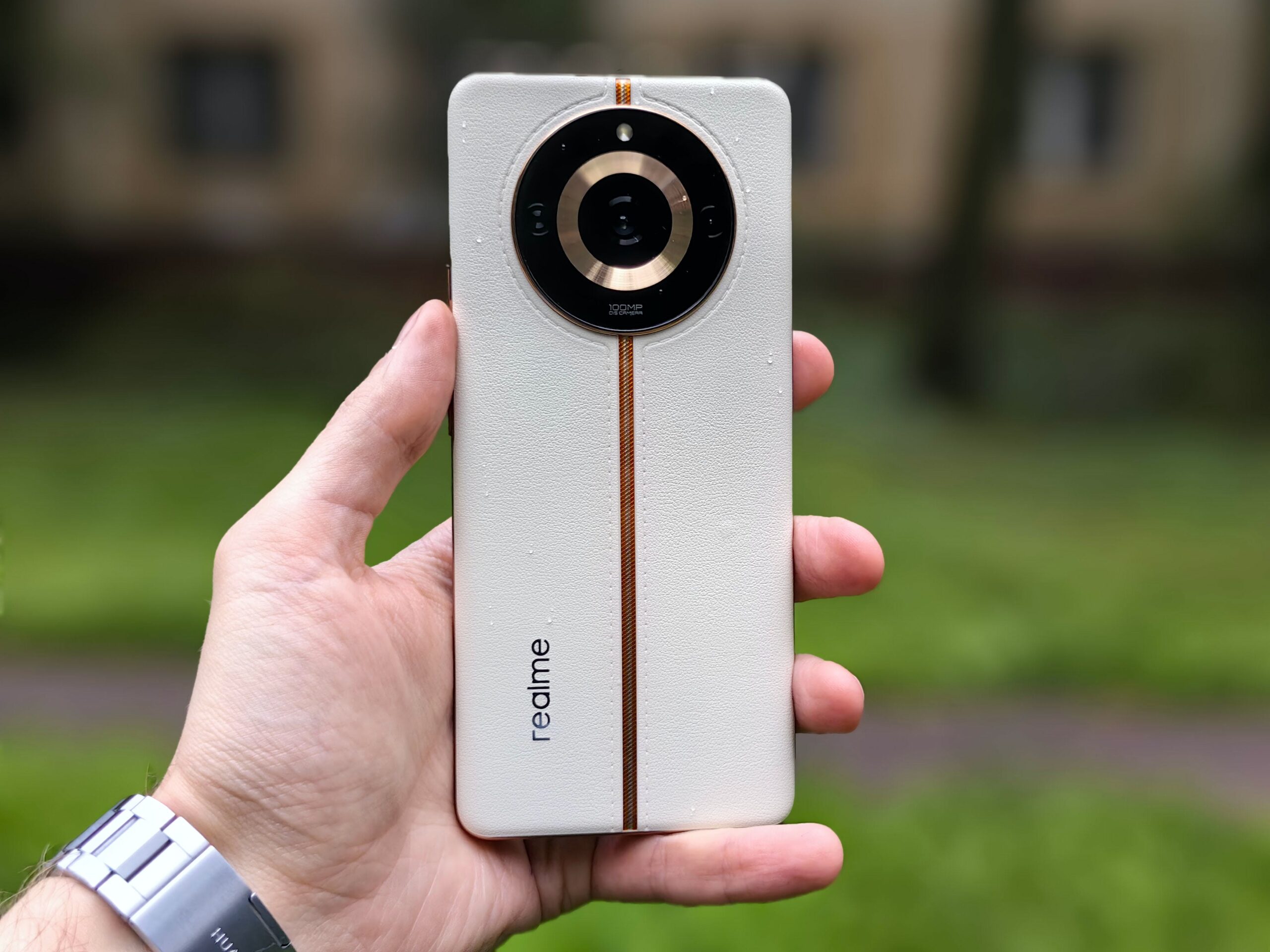
Hindustan Unilever Ltd. (HUL) has tactically accentuated its Rs 20 detergent packs, signalling a strategic manoeuvre within its pricing strategy to maximise revenue in the fiercely competitive consumer goods sector. Reports from BQ Prime revealed HUL’s intensified focus on enhancing the availability of 160 gm Surf Excel pouches priced at Rs 20, a move observed and shared by various general trade distributors nationwide. These Rs 20 packs, known for their improved profit margins, are steadily gaining preference over the Rs 10 alternatives, according to an anonymous distributor who expressed this trend to BQ Prime while raising concerns related to business interests.
HUL’s strategy finds echoes in Marico Ltd. which has embraced a comparable tactic. Within its portfolio, HUL has directed its attention towards promoting the Rs 20 stockkeeping unit (SKU) of Nihar Shanti Amla hair oil instead of the Rs 10 variant. Similarly, Parle Products Pvt. is actively encouraging consumers to opt for the higher-priced Rs 20 Parle G pack, mirroring PepsiCo India (Holdings) Pvt.’s approach with Lay’s potato chips. According to data from Kantar Worldpanel, the 12-month rolling sales of Rs 20 packs surged by 5% in August, in contrast to a 3% growth in the same period the previous year. Analysts foresee potential long-term benefits in this strategy, as consumers seek enhanced value for their money. However, in the short term, it might have an impact on market share, they speculate.
HUL’s bold approach could face short-term challenges, with competitors such as Rohit Surfactants Pvt. and Procter & Gamble Hygiene and Health Care Ltd. intensifying their focus on the Rs 10 SKUs, according to Nitin Gupta, senior research analyst at Emkay Global Financial Services Ltd. P&G is actively promoting its Rs 10 SKU through a 60 gm variant, while Rohit Surfactants has launched a bulk pack scheme, offering consumers one free pack for every five purchases.
Despite the sustained demand for larger product sizes following the COVID-19 pandemic, the market is still predominantly influenced by the popularity of low-unit packs. K Ramakrishnan, Managing Director-South Asia at Kantar Worldpanel, emphasised that although the Rs 20 pack has demonstrated consistent growth, it hasn’t attained the same level of popularity as the Rs 5 or Rs 10 packs.
HUL and Nestle India Ltd. are currently championing the promotion of “bridge packs,” a recent introduction aimed at maintaining affordability across diverse products during the persisting inflationary period. These packs, strategically priced between the smaller low-unit packs and larger counterparts, are experiencing escalated marketing efforts, primarily focusing on safeguarding profit margins rather than solely aiming for increased sales volume.
Firms must exercise careful handling in managing their popular low-unit packs or the Rs 20 variants. These specific price points (Rs 5, Rs 10, and Rs 20) collectively account for 35% of the FMCG volume, a consistent trend observed over recent years, according to insights from Kantar Worldpanel.



































